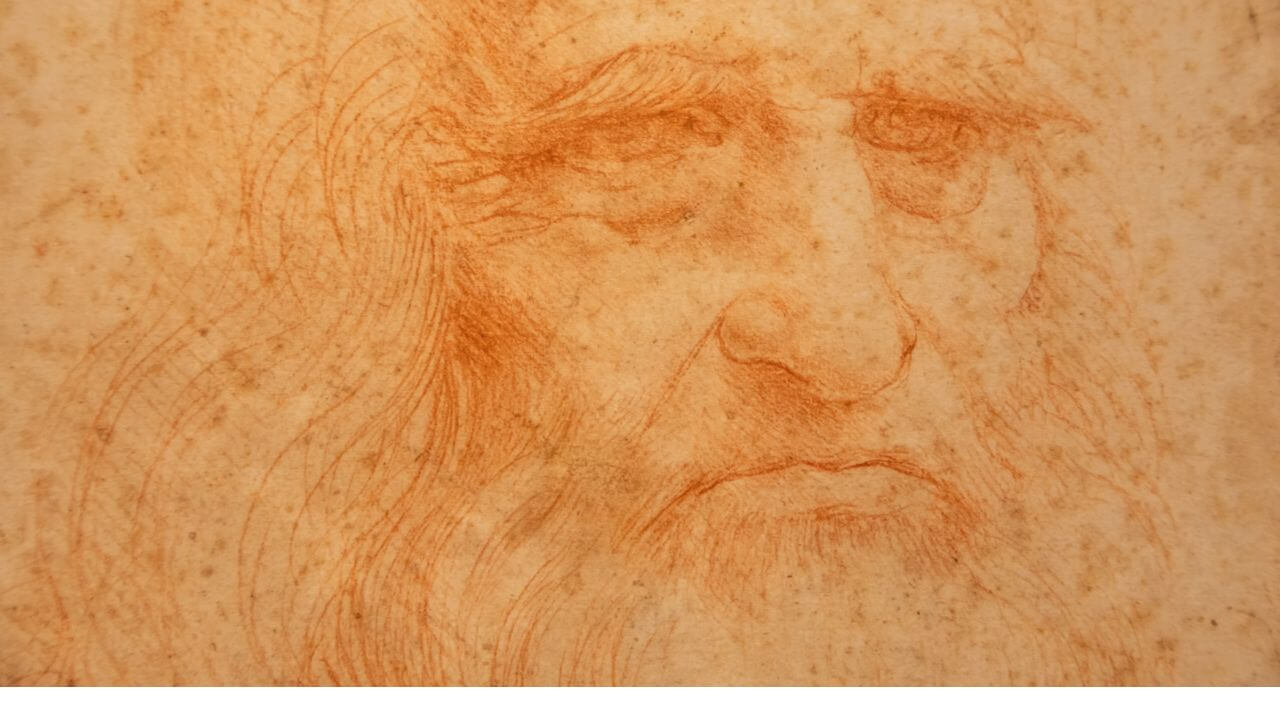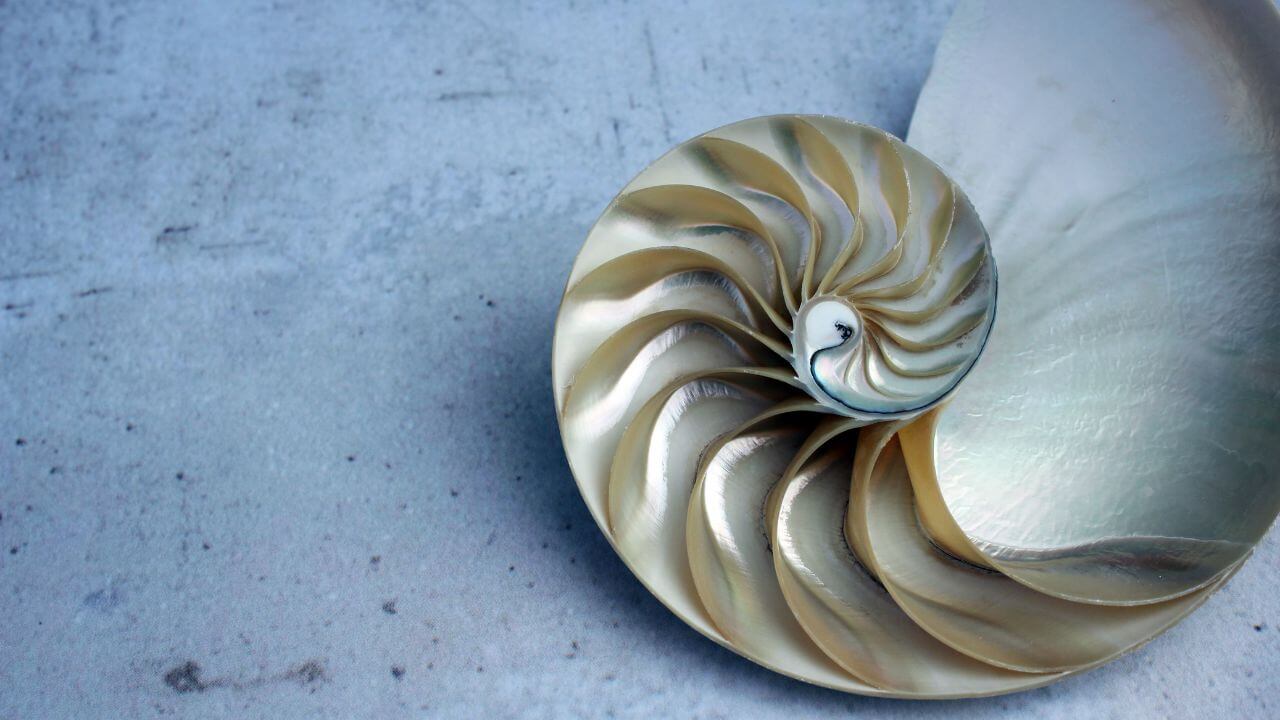
Introduction: Who Was Leonardo Bonacci?
Leonardo Bonacci, better known as Fibonacci, was born around 1170 in Pisa, Italy. Though often referred to by his nickname, Fibonacci was a revolutionary figure in the world of mathematics. His contributions laid the groundwork for modern arithmetic, and perhaps his most notable achievement is the Fibonacci sequence, introduced to the Western world in his book Liber Abaci (1202).
While Fibonacci is often remembered for his sequence of numbers, his work extended far beyond this. He is credited with introducing the Hindu-Arabic numeral system to Europe, which replaced the cumbersome Roman numeral system. His influence extends to many fields, from mathematics to art, architecture, and nature. The Fibonacci sequence and its many applications have inspired generations of mathematicians, and its relevance continues in contemporary mathematics education worldwide — including in Singapore.

The Fibonacci Sequence: A Mathematical Marvel
At its core, the Fibonacci sequence is a series of numbers where each number is the sum of the two preceding ones. It begins like this:
0, 1, 1, 2, 3, 5, 8, 13, 21, 34, 55, 89, 144, 233, and so on.
This sequence isn’t just a mathematical curiosity; it appears across various natural phenomena. The Fibonacci sequence can be observed in the spirals of galaxies, hurricanes, and even in the patterns of sunflower seeds. As the sequence progresses, the ratio between consecutive Fibonacci numbers converges to a value known as the golden ratio, which is approximately 1.6180339887.
What makes the Fibonacci sequence particularly fascinating is that it reveals the inherent order and symmetry of the natural world. From the growth patterns of plants to the arrangement of pine cones, the Fibonacci sequence can be found in countless natural patterns, making it a bridge between mathematics and the real world.
Fibonacci’s Liber Abaci: Revolutionizing Mathematics in Europe
Before Fibonacci’s time, Europe predominantly used Roman numerals. These numerals, while useful in some contexts, were incredibly cumbersome for performing complex calculations. The lack of a place value system made arithmetic difficult, especially when dealing with large numbers.
In Liber Abaci, Fibonacci introduced the Hindu-Arabic numeral system, which uses digits from 0 to 9 and is based on place value. This system was far more efficient than Roman numerals for conducting calculations and solving complex problems. Fibonacci’s book was revolutionary because it demonstrated how this new numeral system could be used to perform arithmetic, trade, and manage finances — essential for the growing economic systems of Europe.
Although the Hindu-Arabic numeral system was not immediately adopted by all of Europe, Fibonacci’s advocacy for its use played a crucial role in its eventual success. It eventually replaced the Roman numeral system and became the foundation for modern arithmetic and mathematics. Without Fibonacci’s work, the evolution of mathematics would have taken a very different course.

The Golden Ratio: Connecting Fibonacci to Nature and Art
The Fibonacci sequence is intrinsically linked to the golden ratio, also known as Phi (Φ). The golden ratio is a number that appears in many different areas of mathematics, architecture, art, and nature. It is defined as the ratio between two quantities such that the ratio of the larger to the smaller is the same as the ratio of the sum of both to the larger one.
In terms of the Fibonacci sequence, as you go further along the series, the ratio between two consecutive numbers approaches the golden ratio. For example, 13/8 is approximately 1.625, 21/13 is 1.615, and so on. As the sequence progresses, this ratio gets closer and closer to 1.6180339887 — the golden ratio.
The golden ratio appears in many natural phenomena, including the spiral growth patterns of shells and flowers, the arrangement of leaves on a stem, and even in the structure of DNA. Its significance extends into the world of art and architecture as well. Many famous works of art, such as Leonardo da Vinci’s Vitruvian Man and the design of the Parthenon in Athens, are thought to embody the proportions of the golden ratio.
In mathematics education, understanding the Fibonacci sequence and the golden ratio offers students a unique opportunity to connect abstract mathematical concepts with tangible, real-world phenomena. This connection fosters a deeper appreciation of mathematics and its beauty.
Fibonacci’s Influence on Modern Mathematics
Fibonacci’s contributions extended far beyond the Fibonacci sequence itself. In Liber Quadratorum (1225), Fibonacci introduced important concepts in number theory, particularly regarding the sum of two squares and Pythagorean triples. These concepts would go on to influence major developments in algebra and number theory.
Fibonacci’s work also helped to solidify the importance of mathematical reasoning and proofs, which became central to later developments in the field of mathematics. His insights contributed to the foundation of what would become modern number theory, algebra, and geometry. Even in today’s world, Fibonacci’s ideas resonate in advanced mathematical fields, including cryptography, chaos theory, and algorithm design.
Moreover, his work in introducing mathematical concepts from the East had a lasting effect on the way Westerners approached mathematics. Fibonacci’s willingness to embrace new ideas, drawn from the Arabic, Indian, and other Eastern traditions, made him one of the great intellectual bridges between East and West.
Fibonacci in Singapore’s Mathematics Education
In Singapore, the study of Fibonacci is incorporated into the mathematics curriculum across various educational levels, from Secondary to Junior College (JC), International Baccalaureate (IB), and Integrated Programme (IP). The Fibonacci sequence, along with its connections to the golden ratio and number theory, plays an important role in developing students’ mathematical thinking and problem-solving skills.
Mathematics education in Singapore is known for its rigorous approach, which emphasizes understanding underlying concepts rather than rote memorization. As part of the curriculum, students explore topics like sequences, series, and the properties of numbers. The Fibonacci sequence fits perfectly into this approach, as it challenges students to think critically about patterns and relationships.
The study of Fibonacci also ties into the concept of mathematical modeling. For example, students can use the Fibonacci sequence to model population growth or the spread of diseases. This application of mathematics to real-world scenarios demonstrates the power of mathematical thinking and its relevance in diverse fields, from biology to economics.
Perfect Solution Education Group: Nurturing Mathematical Excellence
At Perfect Solution Education Group, one of Singapore’s premier mathematics tuition centres, students are introduced to the world of mathematics in a way that goes beyond textbooks and exams. The centre offers personalized 1-to-1 and group tuition for students at the Secondary, JC, IB, and IP levels.
The tuition centre’s experienced educators understand the importance of connecting mathematical theory with practical applications. Students are taught how to recognize mathematical patterns, like the Fibonacci sequence, in the world around them. By incorporating these real-world connections, Perfect Solution Education Group nurtures a deep appreciation for mathematics and encourages students to see the subject as both logical and creative.
For students at all levels, from Secondary school to Junior College and IB, understanding advanced mathematical concepts is crucial for success. At Perfect Solution, students are not only prepared for exams, but they also gain the skills needed for critical thinking and problem-solving, skills that are essential in today’s rapidly changing world.

The Enduring Legacy of Fibonacci
Leonardo Bonacci’s contributions to mathematics have left an enduring legacy that continues to influence the field today. His introduction of the Fibonacci sequence, the golden ratio, and the Hindu-Arabic numeral system helped shape the foundation of modern mathematics. In Singapore, his work remains an integral part of the mathematics curriculum, inspiring students to explore the beauty of mathematics and its many applications.
The Fibonacci sequence is not just a set of numbers; it is a key to understanding the world around us. From the spiral patterns of nature to the design of works of art and architecture, the Fibonacci sequence offers a glimpse into the inherent order of the universe. Thanks to educators at institutions like Perfect Solution Education Group, Singapore’s students are well-equipped to appreciate and apply these mathematical concepts, continuing the tradition of learning and discovery that Fibonacci began over 800 years ago.
